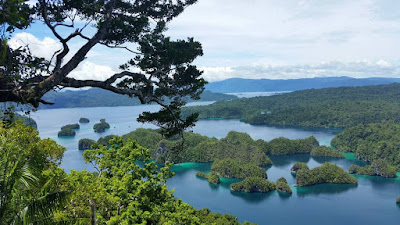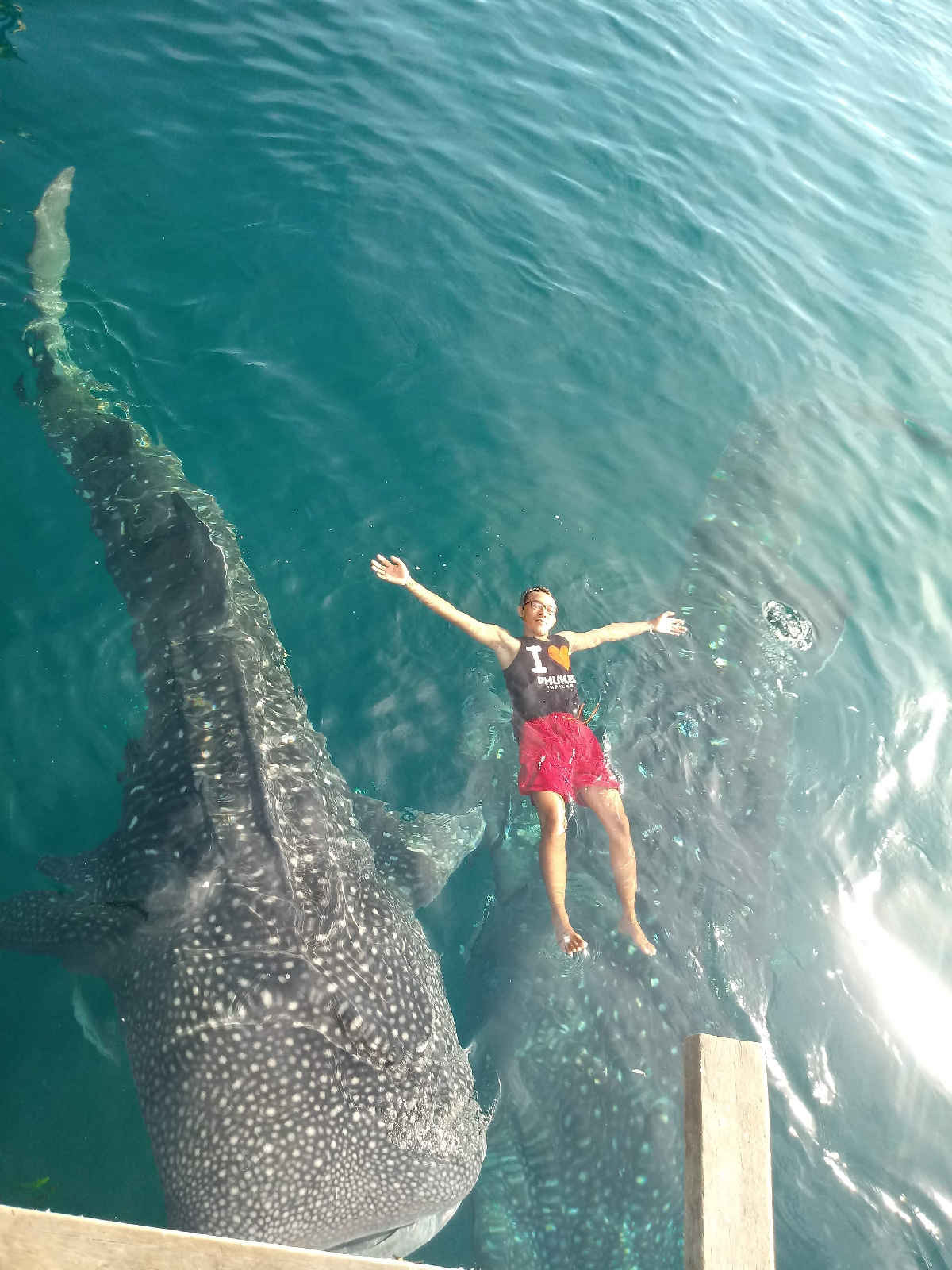 |
| Triton Bay, Kaimana, West Papua |
I can never believe while I’m writing this, just to share with you what I had experienced and seen. It was so beautiful that I really wanted to stay there as long as I could and it would’ve been very long.
Well, go to the points.
Where is Triton Bay and How to Get There?
Triton Bay is in Kaimana, West Papua. It’s in the “neck of the bird” of the New Guinea Island, popularly called the island of Papua. Triton Bay is facing the Arafura Sea and Iris Strait, and it’s a part of conservation area in Kaimana. This area is abundant of sea lives from tiny creatures to gigantic mammals such as whales, dolphins and a little bit far from it, the whalesharks. It’s reachable by boats, 90 minutes away from Kaimana. The best time to visit is by avoiding June-August as the weather gets shtty during those three months.
There lies some villages like Lobo and Kamaka. But we’ll skip the villages as we’re going to lagoon area called Ermun.
So let’s go!
Ermun is in the inner part of the bay. It’s a lagoon area with islets and rocks standing. It’s also the starting point if we want to hike to see the view from the peak. It has white sand beach with calm waves for us to laze around and forget about all the bills and mortgage for a moment.
There are hundreds of steps to go up through before reaching the peak. There are estimated around 780 steps up (my friend counted it that made me like "really?"). I went there before they made the steps so ya, it’s more adventurous and wild. But anyway, it’s in the island where less human can be found so still, it’s wild.
On the way there we can see many things, from plants like nutmeg trees to animals (big ants, butterflies and birds). Once you get up there, you’ll see the panoramic view down there, the lagoon with rock and islets stuck, the gradation of the sea water. Breathtaking. We can later on have like a short tour around the lagoon. Marble rays swimming in shallow water, and birds flying above are what we see. It's just peaceful.
Is that all?
Actually, this place is also good to see the birds of paradise. But there is no comprehensive information about how and when to do it, and the guides to hire and how much it costs. Too bad. Anyway, Triton Bay is another signature landscape with richness in sea lives and pretty much pristine environment. If you’re tired with Raja Ampat (which is very hard to be so), you can drop by here and escape the bustle.



